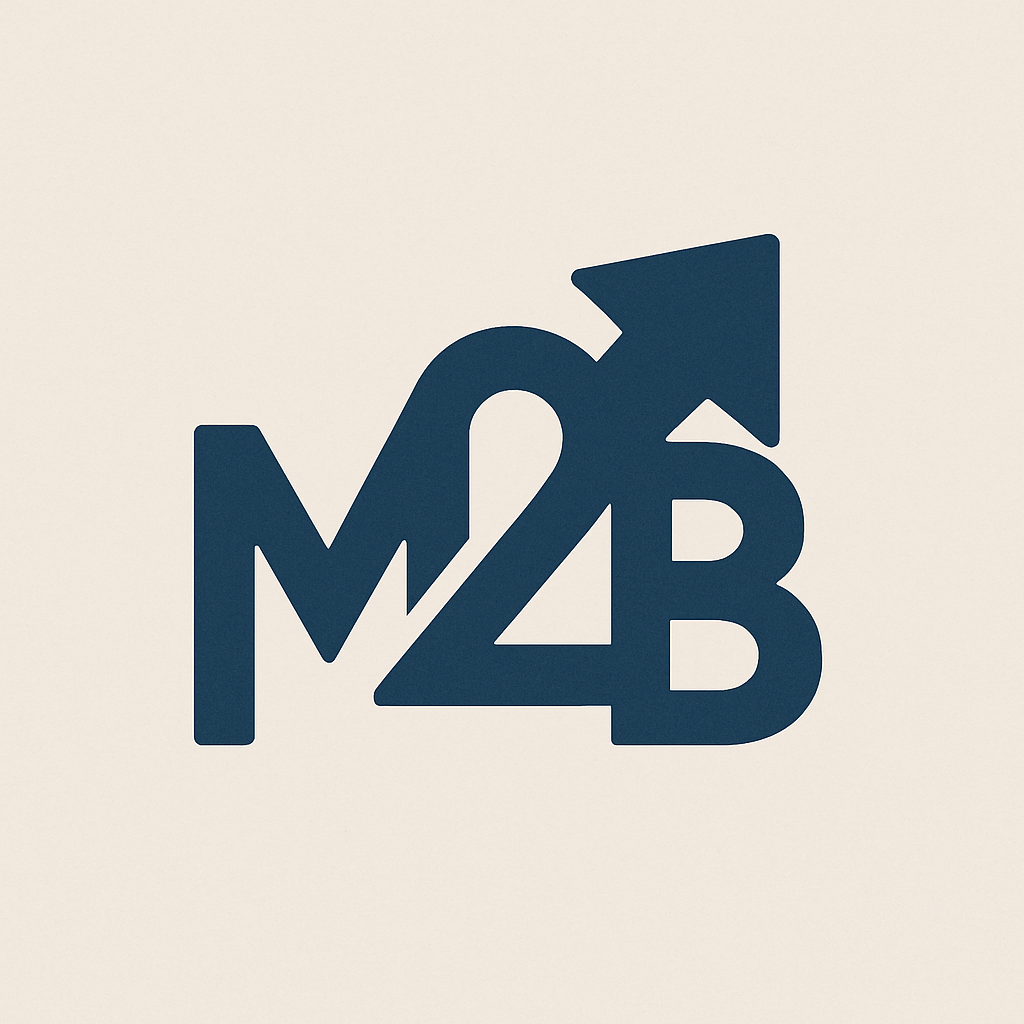How Can You Prepare for the PMP Exam?
If you have decided to pursue PMP (Project Management Professional) certification, congratulations on taking the first step toward an advanced credential in project management. Your understanding of the PMP eligibility criteria is crucial—but now you might be wondering how to best prepare.
According to PMI (Project Management Institute), candidates who use multiple preparation methods typically achieve better exam results. This article outlines the most effective study strategies you can use, including preparation courses, flashcard and app usage, practice questions, key books, and mental recall techniques like the brain‑dump.
1. Complete the Mandatory 35-Hour Project Management Course
One of the eligibility requirements for PMP certification involves completing 35 hours of formal project management education. This is a good foundation—they cover the latest PMI Talent Triangle domains: People, Process, and Business Environment.
Most providers offer fully online training or self-paced courses.
If you choose to study several months before your exam date, try to complete this within 6 to 9 months to keep the content fresh in your mind.
Remember: completing this course is not enough by itself; it is only the first step.
2. Use Flashcards or Mobile Apps for Vocabulary
The PMP exam includes many technical terms, such as projectized organization, earned value, or stakeholder management. Learning these vocabulary concepts is essential.
Use flashcards on your phone when you have a few free minutes—such as waiting for your child’s activity or before a meeting.
I used a free PMP flashcard app by Khanh Do, and it helped reinforce terminology consistently.
Repeat flashcards daily to build recall and confidence.
3. Practice with Sample Questions and Simulators
Practice is essential. Use realistic, updated sample questions and full-length mock exams to build familiarity with question styles and pacing.
Many PMP prep books include chapter quizzes and full simulated exams of 180–200 questions.
Use online simulators such as PM PrepCast, Exam Central, or PMI’s official question bank.
Aim to answer at least 3,000 questions over your study period.
Review every incorrect answer to understand and correct your mistakes.
4. Study the Right Books and Materials
The most authoritative guide is the PMBOK® (Project Management Body of Knowledge), currently in its 7th edition. Though comprehensive, PMBOK® can be dense.
Complement it with more conversational guides such as those by Rita Mulcahy or Aileen Ellis.
Audiobooks or other formats, such as narrated versions of PMP guides, help reinforce learning during commutes.
Include agile frameworks as these are now part of the PMI exam outline.
5. Use the Brain‑Dump Technique for Recall
The brain‑dump is a method where, at the start of the exam, you write down key formulas, process groups, knowledge areas, and mnemonic devices from memory.
Practicing this technique regularly builds confidence and reduces exam stress.
It helps you quickly recall information when you need it most.
I recommend daily practice in the days before the exam so you can refine this mental routine.
6. Join a Study Group or Learning Community
Although solo study is possible, many candidates find success through community support:
Look for local PMI chapter study groups, LinkedIn groups, or Facebook study forums.
Teaching or discussing concepts with peers deepens your understanding.
Sharing study strategies, practice questions, and study schedules can keep you motivated.
7. Set a Realistic Study Timeline
Create a study plan that fits your life and schedule:
Aim for 2 to 4 months of consistent study if you are working full‑time.
Schedule daily or weekly blocks for reading, flashcards, and practice exams.
Leave time for reviewing mistakes and reinforcing weak areas.
8. Leverage Experience While Studying
Your real‑world project experience can make learning easier:
Learn how to relate PMBOK® knowledge areas to actual project situations you have led.
As you review processes like stakeholder management or risk planning, reflect on your past projects.
Real-world examples help you memorize concepts and apply them intelligently.
9. Schedule the Exam When You Are Ready
Once you are consistently scoring around 85–90% on practice exams and feel confident with brain‑dump recall, schedule your exam:
The exam consists of 180 questions and lasts four hours.
Choose between an online proctored option or a testing center, depending on your preference.
Pick a date that gives you enough time for revision but keeps you focused.
10. Maintain Your Certification with PDUs
After passing, you will need to earn 60 professional development units (PDUs) every three years to maintain your PMP status.
PDUs can be earned through formal training, webinars, volunteering, teaching, or reading industry content.
This ensures that you stay updated on evolving trends, frameworks, and best practices.
Sample Weekly Preparation Plan
| Week | Focus Area |
|---|---|
| 1–2 | Complete 35-hour formal course and start flashcard review |
| 3–6 | Read PMBOK® Guide and conversational book; complete chapter quizzes |
| 5–8 | Start practicing sample questions daily; review errors |
| 7–10 | Begin full-length mock exams and brain‑dump training |
| 9–11 | Join study group discussions; fill knowledge gaps |
| 10–12 | Finalize weak areas; practise exam-day brain‑dumps; book test date |
Final Thoughts
I can assure you: preparing for the PMP exam is not easy—but it is absolutely achievable. By combining structured learning with practice, community support, and real-world reflection, you will build confidence and competence.
To succeed, you will need discipline and patience. You will learn more than just the PMBOK® framework—you will gain clarity in your thinking, leadership skills, and a lifelong professional community.
If you would like help finding study resources, printable flashcards, or updates on changes to the PMP exam outline, feel free to explore my PMP hub page or reach out directly.
